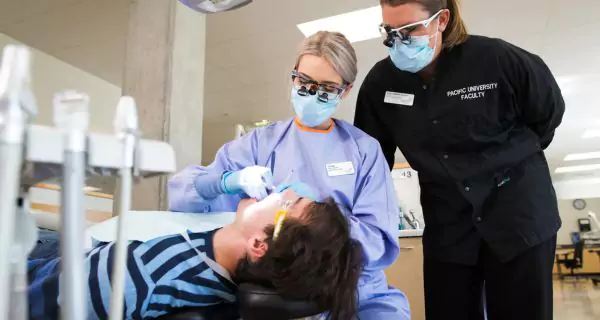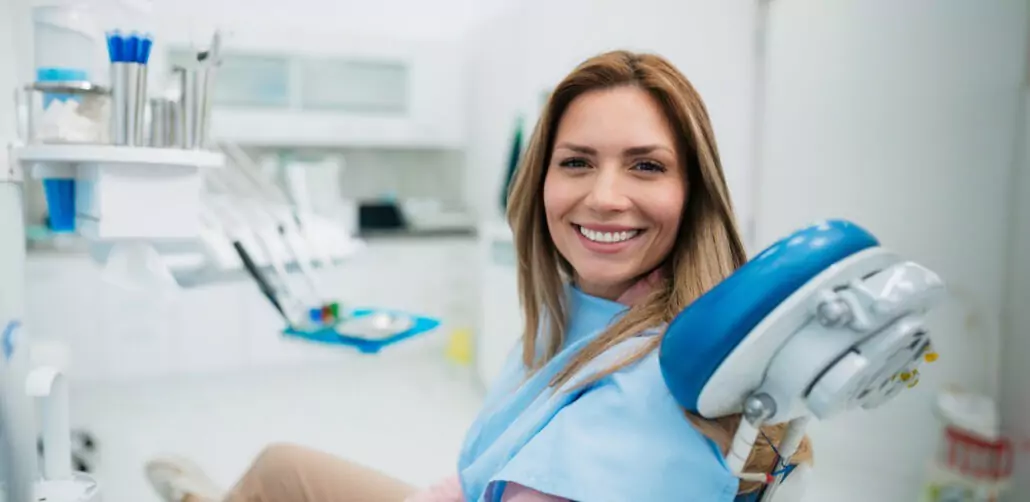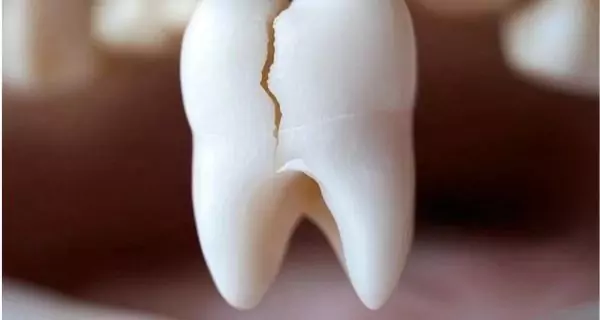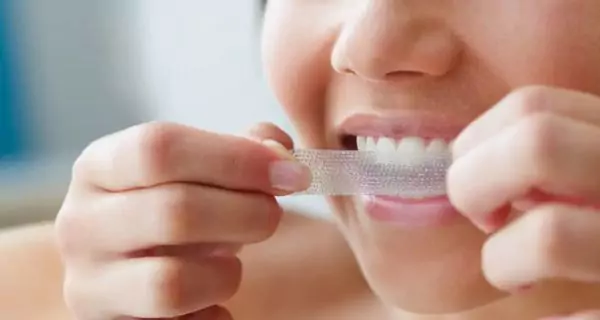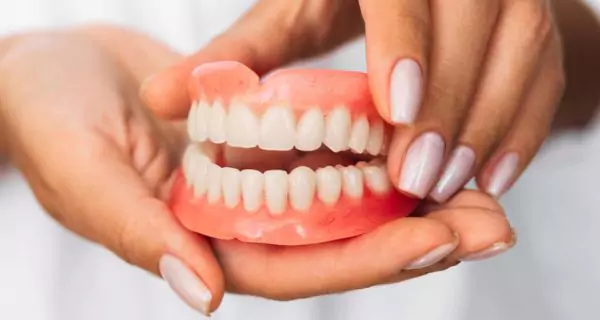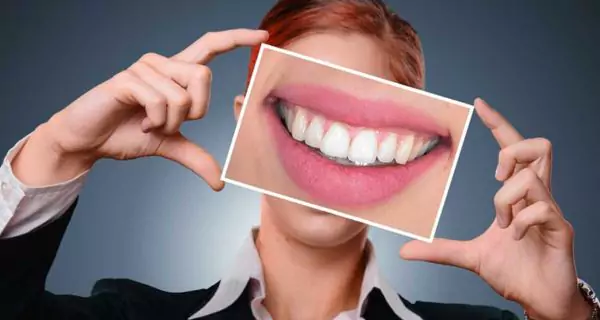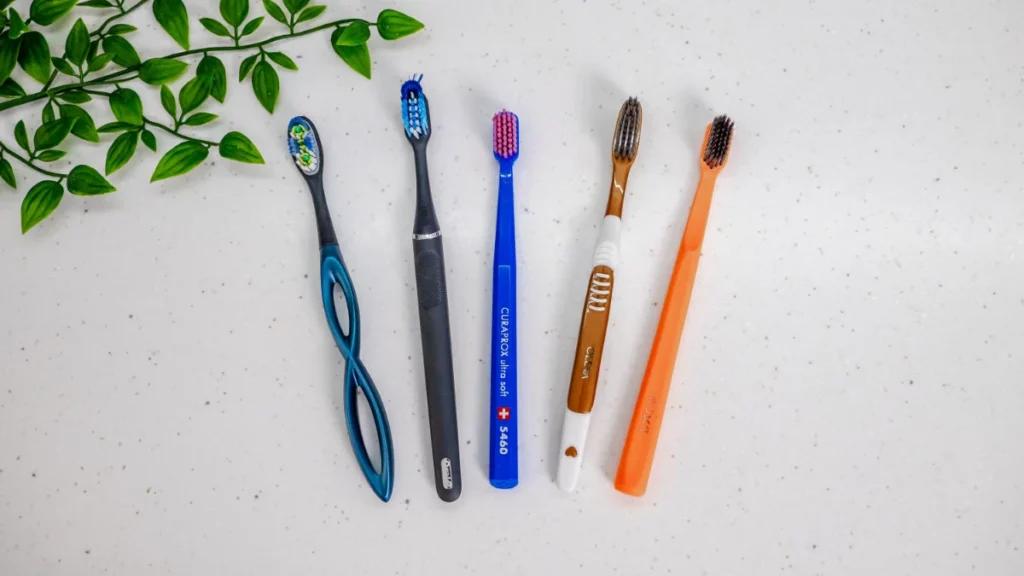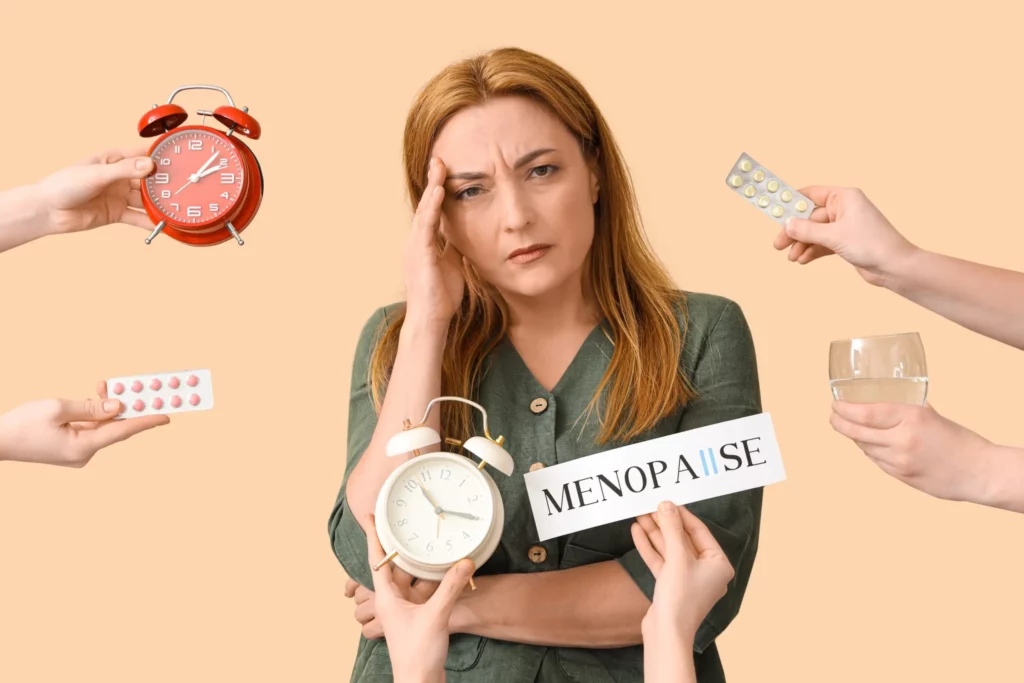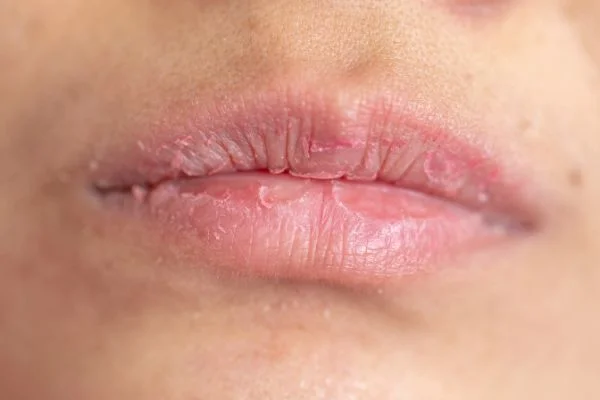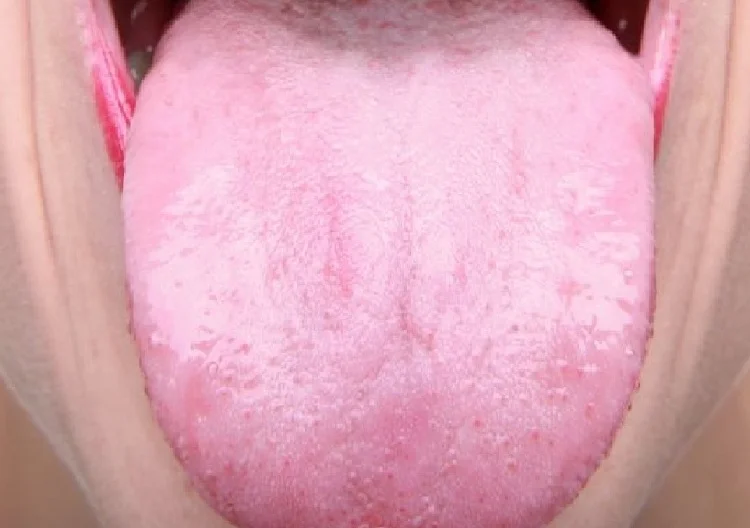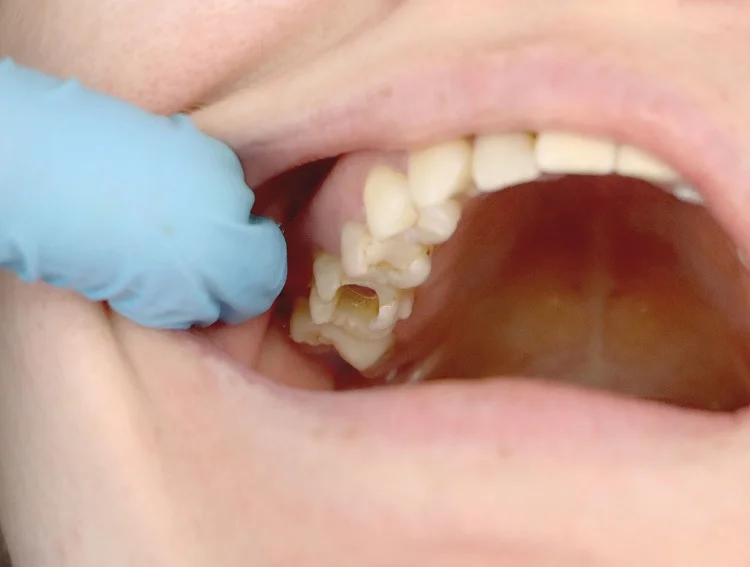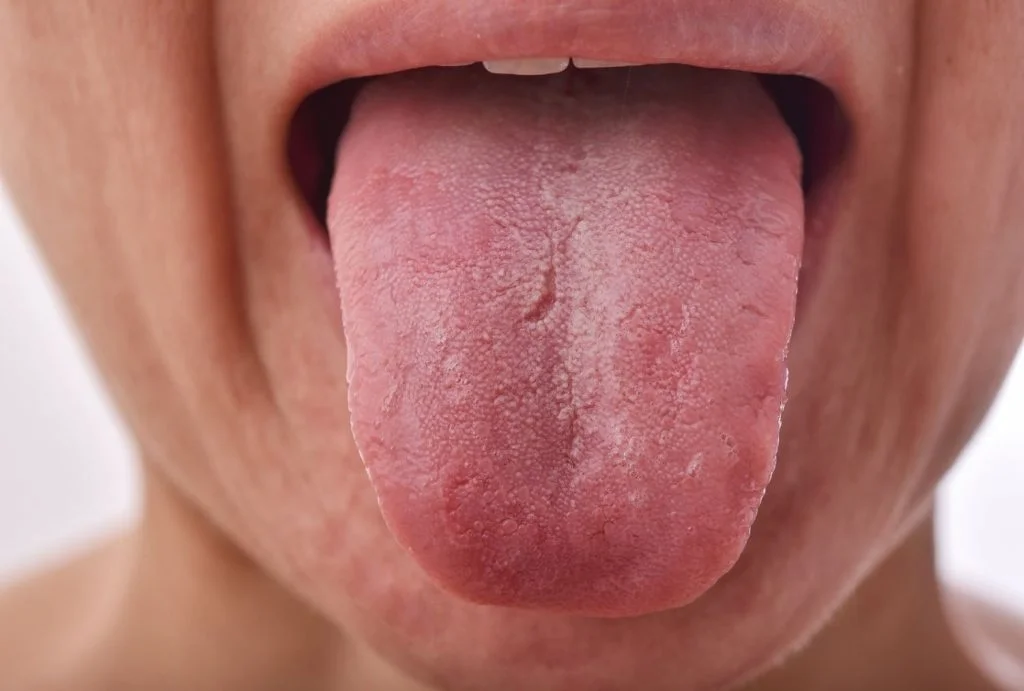Last Updated on: 19th September 2025, 12:30 pm
Common dental myths include thinking that brushing harder cleans better, no pain means no problems, flossing isn’t necessary, and that whitening damages teeth. These misconceptions can harm your oral health. The truth is: gentle brushing, regular flossing, early check-ups, and professional care are key to a healthy smile.
Oral health isn’t just about having white teeth; it plays a big role in overall well-being, self-confidence, and quality of life. Over time, dental care tips have spread through families and social media, but not all of them are true.
Some so-called “tips” are actually myths that can lead to bad habits or even harm your oral health. It’s so important to know the difference between what’s helpful and a mere myth.
In this article, we’ll uncover the most common dental myths, explain the real facts, and give you practical advice to maintain your smile the right way.
Are you falling for these common dental myths?
Many people feel nervous or anxious about going to the dentist such that when questions about oral health come up, it’s often easier to turn to the internet, friends, or social media for answers. While some dental tips might sound harmless or even logical, many are myths rooted in misinformation. Believing these myths can lead to poor habits, delay necessary treatments, and even harm your oral health over time.
Let’s take a closer look at some of the most common dental myths and uncover the truth behind them.
Myth 1: brushing harder makes teeth cleaner
Fact: Brushing too hard can actually damage your teeth and gums.
While it may feel like a vigorous brushing session is doing a better job, the truth is that brushing with excessive pressure can wear down enamel and cause gum recession. This leads to sensitivity and makes your teeth more vulnerable to decay.
Pro tip: Use a soft-bristled toothbrush and brush in gentle circular motions for at least two minutes, twice a day. Replace your toothbrush every 3 to 4 months or sooner if the bristles are frayed.
Myth 2: no pain means no dental problems
Fact: Many oral issues progress silently before causing symptoms.
Cavities, gum disease, and even oral cancer can develop without causing pain in the early stages. By the time discomfort appears, the condition may require a complex treatment.
Pro tip: Don’t wait for pain to visit the dentist. Even if your mouth feels perfectly fine, getting a dental check-up once a year will help spot issues before they turn serious. Remember that prevention is always easier (and cheaper) than treatment.
Myth 3: flossing isn’t necessary if you brush well
Fact: Brushing alone doesn’t reach all areas of your mouth.
A toothbrush only cleans around 60% of your tooth surfaces. Plaque and debris can build up between teeth and under gums, which is exactly where flossing comes in. Skipping floss can lead to cavities and gum disease.
Pro tip: If traditional flossing is difficult for you, try water flossers or floss picks. If you’re using braces or have wider spaces between teeth, interdental brushes are also helpful.
Myth 4: sugar is the only cause of cavities
Fact: Other foods like starches and acids also contribute to tooth decay.
Carbs like bread, crackers, and chips break down into sugars that feed harmful bacteria. Acidic foods and drinks (like citrus fruits or energy drinks) can weaken enamel, making it easier for cavities to form.
Pro tip: It’s not just what you eat, but how often and how well you clean your teeth afterward. Always brush after meals, and if you eat something acidic, rinse your mouth with water and wait 20–30 minutes before brushing to protect your enamel.
Myth 5: whitening damages your teeth
Fact: Professionally supervised whitening is safe.
Professional whitening treatments use peroxide-based agents that clean deep stains without harming enamel. However, overusing store-bought kits or trying DIY remedies can cause sensitivity or enamel erosion.
Pro tip: Always see your dentist before whitening your teeth. A check-up will ensure your mouth is healthy enough for treatment; they will help you choose the safest method.
Myth 6: dental X-rays are dangerous
Fact: Dental X-rays are very low in radiation and highly regulated.
Modern digital X-rays use minimal radiation. Dentists use protective lead aprons to shield sensitive areas of the body.
Pro tip: X-rays help detect hidden issues like cavities between teeth, infections, cysts, or bone loss that aren’t visible during a regular exam.
Myth 7: baby teeth don’t matter; they fall out anyway
Fact: Baby teeth play a crucial role in a child’s development.
They help with speech, chewing, and guide the proper alignment of permanent teeth. If lost too early, it can lead to misalignment, speech problems, and a need for braces later on.
Pro tip: Start cleaning your baby’s first tooth with a soft cloth or infant toothbrush. Visit a pediatric dentist by their first birthday for a healthy start.
Myth 8: it’s normal for gums to bleed when brushing or flossing
Fact: Healthy gums should not bleed.
Bleeding gums are a sign of inflammation, often caused by plaque buildup and early gum disease (gingivitis). If left untreated, this can progress into periodontitis and eventually tooth loss.
Pro tip: Don’t stop brushing or flossing; improve your technique instead and schedule a dental visit. Consistent care can reverse early gum issues.
Myth 9: only older adults need dentures
Fact: Anyone can need dentures or tooth replacements at any age.
Tooth loss can happen due to trauma, decay, or gum disease – even in your 20s or 30s. There are many replacement options today: full or partial dentures, fixed bridges, and dental implants.
Pro tip: Replacing a missing tooth helps restore not just your smile but also the ability to chew, speak clearly, and maintain proper jaw alignment. It’s key to long-term health.
Myth 10: bad breath means poor hygiene
Fact: Bad breath has multiple potential causes.
While poor oral hygiene is a major contributor, halitosis can also be triggered by dry mouth, infections, certain medications, digestive issues, or smoking. One commonly overlooked cause? Not brushing your tongue.
Pro tip: Brushing your tongue is just as important as brushing your teeth;it helps remove bacteria and food particles that get trapped on the surface and cause bad breath. Also, make sure to drink plenty of water to keep your mouth hydrated; if the problem persists, consult your dentist.
Myth 11: sugar-free gum can replace brushing
Fact: Chewing gum is helpful, but not a substitute.
Sugar-free gum increases saliva production, which helps rinse away food particles and neutralize acids. But it doesn’t remove plaque or bacteria like brushing and flossing do.
Pro tip: Chew gum after meals if brushing isn’t an option, but stick to your daily brushing and flossing routine.
Where can I find reliable information about dental health?
In a world full of misinformation, it’s important to rely on trusted sources. These include:
- Your dentist: always your best go-to for personalized advice.
- Official health websites, like:
- American Dental Association (ADA).
- World Health Organization (WHO).
- Centers for Disease Control and Prevention (CDC).
- Your country’s Ministry of Health.
Avoid following dental tips from unqualified influencers or viral trends that lack scientific backing.
Conclusion
Falling for popular dental myths can lead to long-term damage, bad habits, and unnecessary treatments. Now that you know the truth, you’re better equipped to care for your smile the right way by
- visiting your dentist regularly, even if you feel fine
- sticking to a consistent routine: brush, floss, and rinse
- using dentist-approved products
- sharing verified information with others and stay curious
A healthy smile isn’t built on magic tricks or viral hacks; it’s built on good habits and informed decisions…and now, you’ve got the knowledge to make them.
Frequently Asked Questions
If my gums bleed when I floss, should I stop flossing?
Are dental treatments like fillings or cleanings harmful in the long term?
Not at all. Fillings repair and protect teeth weakened by decay. Cleanings remove plaque and tartar that can cause gum disease. Far from being harmful, these treatments preserve your natural teeth and prevent more serious problems.
Is it safe to use whitening toothpaste every day?
Is mouthwash really necessary?
Can kids get gum disease, too, or is it just an adult problem?
Voice and Search (Q&A)
Is it true that brushing harder cleans teeth better?
No. Brushing too hard can damage enamel and gums, causing sensitivity and recession. Use a soft-bristled brush and gentle circular motions instead.
If my gums bleed when flossing, should I stop?
No. Bleeding means your gums are inflamed, often due to plaque. Keep flossing gently every day; the bleeding should stop as your gums get healthier.
Are baby teeth important if they fall out anyway?
Yes. Baby teeth help with chewing, speaking, and guiding adult teeth into place. Losing them too early can cause alignment and speech problems.
Share
References
1. American Academy of Pediatrics. (n. d). Fluoride Myths & Facts. I like my teeth. https://ilikemyteeth.org/debate-fluoridation/fluoride-myths-facts/
2. Cherney, K. (2019, 8 March). 11 Ways to Keep Your Teeth Healthy. Healthline. https://www.healthline.com/health/dental-and-oral-health/best-practices-for-healthy-teeth
3. Dagar, J., Rahar, A., Gautam, N., Dheeraj, M. (2019). International Healthcare Research Journal; 3 (5): 176-178. https://pdfs.semanticscholar.org/6a7a/9bbd04a69f97eb58453ba83e95f4f59d01fc.pdf
4. Jain, M., Kumar, S., Sogi, S., Dhir, S. (2019). Dental myths or social taboos in dentistry. International. Journal of Current Research in Life Sciences, 8, (10), 3260-3263. https://journalijcrls.com/sites/default/files/issues-pdf/01879.pdf
5. Sharma, R., Mallaiah, P., Margabandhu, S., Umashankar, G. K., Verma, S. (2015). Dental Myth, Fallacies and Misconceptions and its Association with Socio-Dental Impact Locus of Control Scale. International Journal of Preventive and Public Health Sciences, vol. 1, issue 2. https://www.academia.edu/36474110/Dental_Myth_Fallacies_and_Misconceptions_and_its_Association_with_Socio_Dental_Impact_Locus_of_Control_Scale
-
Dr. Yeidy Carolina Mesa [Author]
DDS Yeidy Carolina Mesa Passionate Dentist | Advocate for Accessible Oral Health Education Graduating from Universidad CES in 2022, I am a dedicated general dentist with a lifelong passion for helping others and making a meaningful impact in the world. My journey into dentistry began at the age of 7, inspired by my own experience with braces and overcoming a fear of the dentist. This personal journey shaped my mission to help patients conquer their own dental anxieties and embrace a healthier,...
View all posts
-
Nayibe Cubillos M. [Medical Reviewer]
Pharmaceutical Chemestry |Pharmaceutical Process Management | Pharmaceutical Care | Pharmaceutical Services Audit | Pharmaceutical Services Process Consulting | Content Project Manager | SEO Knowledge | Content Writer | Leadership | Scrum Master
View all posts
A healthcare writer with a solid background in pharmaceutical chemistry and a thorough understanding of Colombian regulatory processes and comprehensive sector management, she has significant experience coordinating and leading multidisciplina...

